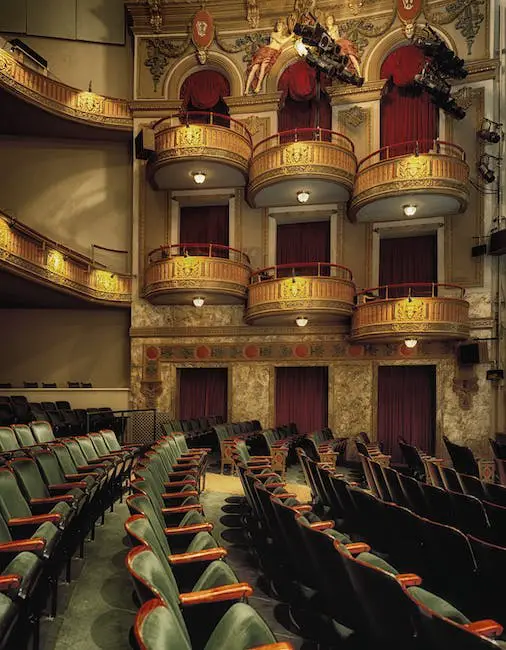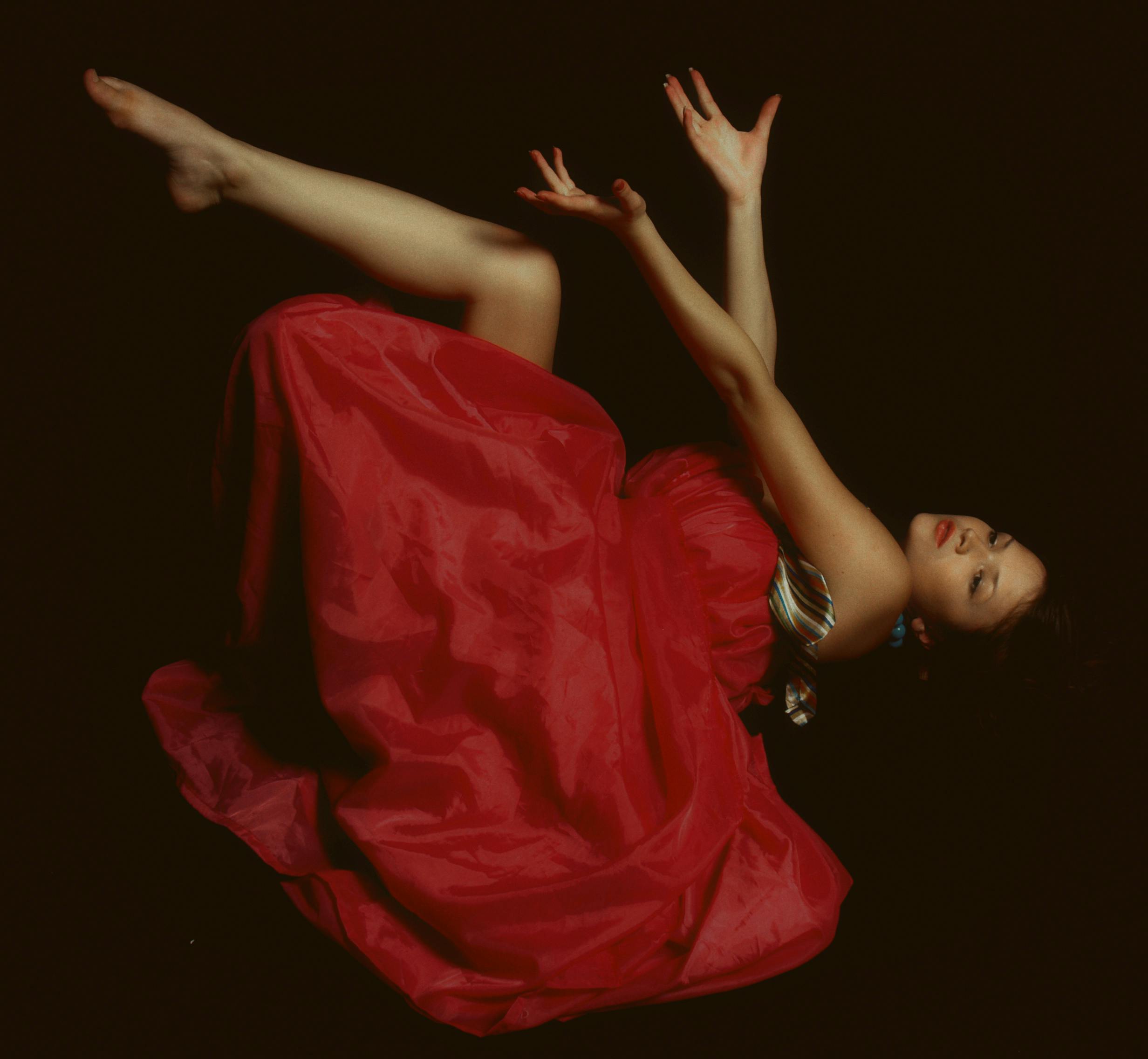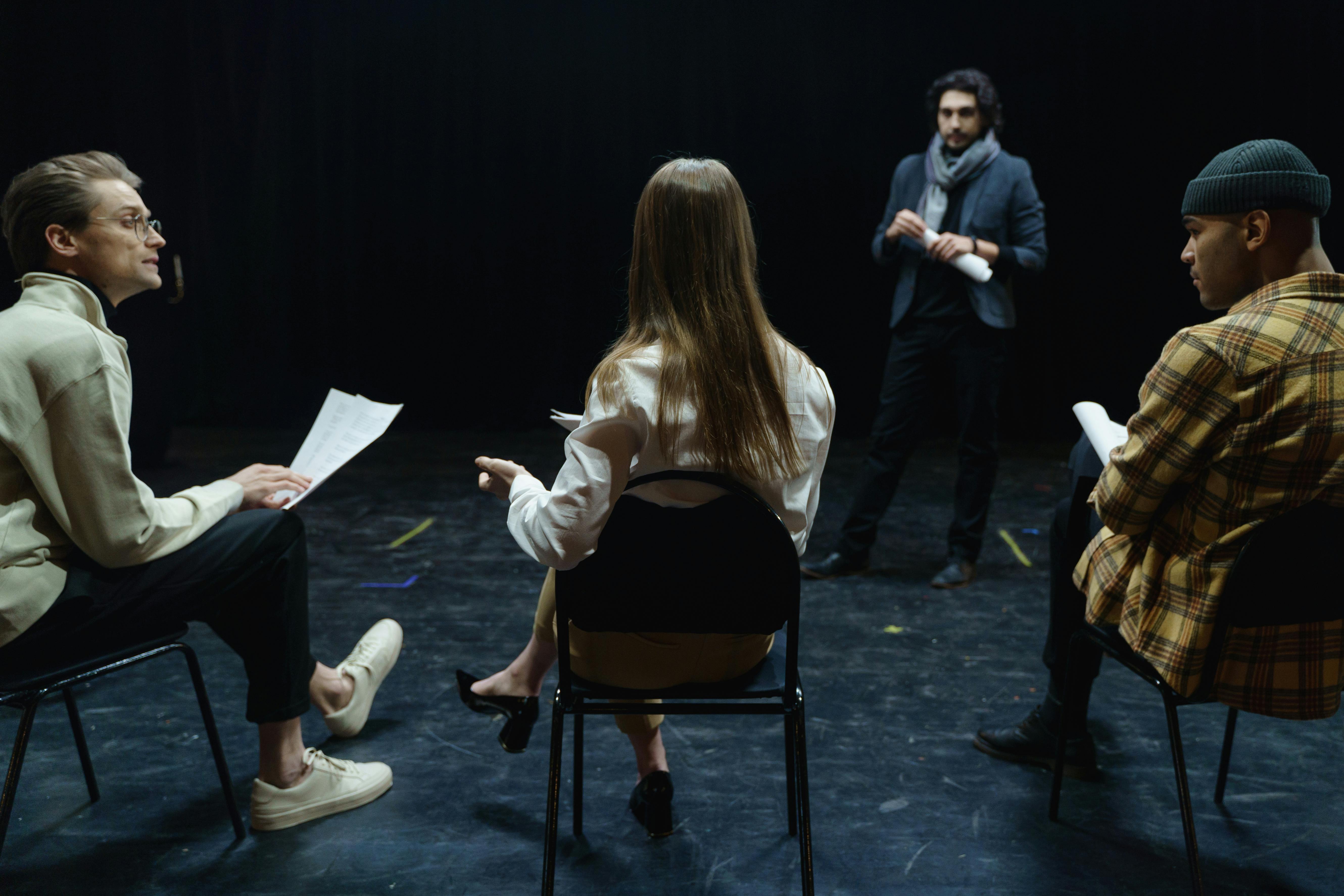What To Wear To The Theatre

Going to the theatre is an exciting experience, and part of that fun is figuring out what to wear. The theatre is a special place where you want to look your best, but also comfortable. Knowing what to wear can be a challenge, so this guide will help you decide what look suits the occasion best. From must-have accessories to choosing the perfect dress or suit, this guide will have you looking your best for the theatre.If you’re attending the theatre, you’ll want to dress for the occasion. For women, a nice dress or skirt and blouse combination is appropriate. Men should wear a collared shirt with slacks or khakis. A blazer or sport coat is also a good option for men. For both men and women, dress shoes are recommended, as well as accessories such as scarves and jewelry. Be sure to wear something comfortable yet stylish that allows you to look your best while enjoying the show.
Theatre Outfit Ideas for Women
When it comes to theatre, there are many different outfit ideas for women. Whether you want to look glamorous and dressy, or you want to keep it casual and comfortable, there is an outfit that is perfect for any occasion. Here are some ideas for theatre outfits for women that will help you look your best no matter what the occasion.
For a dressy look, try a long evening gown or a cocktail dress with statement jewellery. This can be dressed up with a pair of heels and a clutch bag. For a more formal look, opt for a tailored suit or jumpsuit with bold accessories. If you want something more casual, opt for jeans and a blouse or shirt with stylish sandals or boots.
For those who prefer comfort over style, an oversized sweater paired with leggings is always an option. Finish off the look with low-heeled boots or ballet flats and add some statement jewellery to dress it up. Alternatively, try pairing leather pants with a patterned blouse and ankle boots for something special but still comfortable.
If you are looking for something unique, why not try layering different pieces of clothing together? For example, layer a tank top over an oversized shirt and add some trousers in contrasting colours to create an interesting yet comfortable look. Add some stylish accessories such as statement jewellery or scarves to complete the ensemble.
Whatever your style may be, there is sure to be an outfit perfect for the theatre that will make you feel confident and beautiful no matter what the occasion!
Men’s Theatre Outfit Ideas
The theatre is a place of creativity and art, and the clothing you wear should reflect that. When dressing for the theatre, you want to look stylish, but also make sure that your outfit is appropriate for the occasion. Whether you’re attending an opera or a musical, there are some great men’s theatre outfit ideas to choose from. From traditional black tie to modern takes on evening wear, here are some fashionable looks that will ensure you make an impression when attending the theatre.
Traditional Black Tie
For a classic look that will never go out of style, traditional black tie is always a safe bet. This style typically consists of a tuxedo, dress shirt, cummerbund or waistcoat and black bow tie. For an extra touch of sophistication, add some cufflinks – either classic gold or silver ones, or something more unique such as colourful enamel designs. A pair of sleek leather shoes completes the look.
Contemporary Evening Wear
If you’re looking for something more modern than traditional black tie, there are plenty of stylish options to choose from. A velvet dinner jacket with matching trousers is a great way to stand out in the crowd while still looking smart and sophisticated. Alternatively, why not try a two-piece suit in a luxurious fabric such as mohair or wool? Finish off with an elegant silk pocket square and patent shoes for an on-trend evening look.
Casual Evening Wear
For those who prefer something more relaxed but still smart, there are plenty of casual evening wear options perfect for the theatre. Try pairing dark denim jeans with a tailored blazer and crisp white shirt – add some subtle accessories such as a silk pocket square or patterned socks to complete the look. A suede bomber jacket can also be dressed up with smart trousers and dress shoes if you want something more interesting than jeans but still casual enough for the theatre environment.
What Shoes To Wear To The Theatre?
When heading to the theatre, it is important to choose an appropriate pair of shoes that will both complete your look and keep you comfortable throughout the show. For example, a pair of loafer or ballet flats are classic options that look great with dressy attire like a suit or cocktail dress. They also provide enough cushioning and support for a night out at the theatre. On the other hand, if you prefer something more casual, then sneakers may be your best option. As long as they are clean and stylish, they can be paired with jeans and a nice blouse for an effortless yet fashionable look. Whatever style you choose, make sure that your shoes are comfortable enough to keep you on your feet during the performance.
Moreover, avoid wearing high heels or sandals as they can be difficult to walk in and can be quite noisy when walking up and down stairs. Additionally, if you plan on wearing open-toe shoes to the theatre, make sure to bring along a pair of footies or socks just in case it gets cold during the show. Ultimately, choosing the right shoes for the theatre is all about finding a balance between style and comfort so that you can enjoy yourself without any distractions.
Accessories for the Theatre
The theatre is a place where many elements come together to create a performance. Props, costumes, and lighting all play an important role in the creation of a production. Accessories for the theatre are also an important part of the equation, as they can enhance the overall experience of a show.
From stage makeup to microphones, there are many different types of accessories that can be used in order to create the perfect atmosphere for a live show. Stage makeup is one of the most commonly used accessories in theatre, as it can help actors bring their characters to life. Makeup is also used to create special effects, like blood or bruises, which can add an extra layer of realism to a performance.
Microphones are another essential tool when it comes to theatre performances. A good sound system allows actors and musicians to be heard clearly by all audience members, creating a more immersive experience. Wireless microphones are often preferred for their convenience and portability, as they don’t require any cords or cables.
Lighting is also an important accessory for any theatrical production. Lighting helps set the mood and atmosphere of a show, and can bring different scenes and characters to life on stage. Accent lights are often used to highlight specific areas or details on stage, while colored lights create interesting visual effects that can draw attention from viewers.
Costumes are also considered accessories in theatre, as they help bring characters to life onstage. Actors often use costumes to help establish their character’s identity and personality traits; everything from fabrics and colors to accessories like hats or jewelry can help define a character’s look and feel on stage.
These are just some of the many accessories used in theatre productions today. From makeup and microphones to lighting and costumes, these tools all come together to create an incredible theatrical experience for audiences around the world.

Creating Makeup for the Theatre
Creating makeup for the theatre is an art form that requires precision, creativity, and an eye for detail. Theatre makeup artists must be able to craft believable characters out of actors, while still keeping them looking natural and believable on stage. To do this successfully, they must understand how to apply makeup correctly, use a wide range of products, and stay up-to-date on trends in the industry.
Theatre makeup artists must have a thorough understanding of skin types and tones in order to create realistic looks. Knowing how to work with different face shapes and features is also important so that the makeup looks natural on stage. Additionally, they must be able to work quickly and efficiently while maintaining a high level of quality.
When creating a look for the theatre, theatre makeup artists should start by choosing a colour palette that will work with the character’s skin tone and facial structure. Once they have chosen the right colours, they can then begin applying foundation, blush, eyeshadow, liner, mascara, and lipstick as needed. They should also be sure to set the makeup with powder or spray in order to ensure it stays in place during performances.
In addition to creating believable characters with their makeup application techniques, theatre makeup artists must also stay up-to-date on trends in the industry. This includes learning about new products and techniques that can help create more realistic looks on stage as well as keeping up with current fashion trends that may influence characters’ looks. Finally, theatre makeup artists should always keep safety in mind when working with actors by using only approved cosmetics and using proper sanitation techniques when applying or removing makeup.
Overall, creating makeup for the theatre is an art form that requires precision and creativity combined with knowledge of skin types and tones as well as staying up-to-date on trends in the industry. Theatre makeup artists must be able to craft believable characters out of actors while still keeping them looking natural on stage using their skills in application techniques as well as their knowledge of current fashion trends.
Semi-Formal Outfits For The Theatre
When attending the theatre, it’s important to dress appropriately. Semi-formal attire is a great way to look and feel your best while still being comfortable. Whether you’re going for an opera, ballet, or play, there are plenty of stylish yet sophisticated options to choose from. To help get you started, here are some ideas for semi-formal outfits for the theatre.
For women, a nice dress or skirt and blouse combo is classic and always appropriate for the theatre. A floor-length maxi dress is perfect for a more formal event, while knee-length dresses or skirts with a blouse can be dressed up or down depending on the occasion. Accessorize with jewelry and heels to take your look to the next level.
Men can go for a dress shirt and trousers or khakis with a sport coat or blazer on top. A tie isn’t necessary but can be added if desired. Finish off the look with leather shoes and maybe even a pocket square for an extra bit of flair.
If you want something more casual but still semi-formal, consider dark denim jeans paired with an elegant top such as a button-down shirt or sweater vest. Add dressy loafers or brogues to complete your ensemble. You can also opt for a tailored jumpsuit if you really want to stand out from the crowd!
Ultimately, when it comes to semi-formal outfits for the theatre, it’s important to keep in mind that comfort should come first – after all, you don’t want to be fidgeting in your seat throughout the performance! As long as you feel confident in what you’re wearing and adhere to any guidelines set by the venue (if applicable), then you’ll be sure to look your best while enjoying the show!
Dress Code For Theatre Performances
When attending a theatre performance, it is important to dress appropriately. Generally, theatre goers should wear smart casual attire. This means no jeans, shorts, t-shirts, or sneakers. Instead, opt for slacks or skirts with a blouse or button-down shirt and dress shoes. It is also important to make sure that your clothing is comfortable and does not impede your ability to enjoy the performance.
If you are attending an opera or ballet performance, it is appropriate to dress up a bit more than for a traditional play. Women should opt for dresses or suits while men should wear jackets and ties. However, remember that there is no one-size-fits-all rule when it comes to dressing for the theatre. Ultimately, you want to be comfortable and respectful of the performers and other theatre goers.
When attending a less formal theater performance such as a comedy show or musical revue, it is okay to dress more casually than for an opera or ballet performance. Jeans and khakis are generally acceptable in this case as long as they are neat and presentable. Women can choose from slacks, skirts, dresses or even jumpsuits depending on their personal style. As always, shoes should be kept neat and appropriate for the venue.
No matter what type of performance you are attending, it is important to remember that whatever you wear should be both comfortable and respectful of those around you. Theatre performances are meant to be enjoyed by everyone in attendance so make sure that your wardrobe choices reflect this sentiment!

Conclusion
When deciding what to wear to the theatre, the main thing to consider is comfort. Choose something that you feel good in, and that allows you to move freely. You also want something that you feel confident in, and can dress up with accessories. Make sure your outfit is appropriate for the performance and theatre etiquette. If in doubt, dress on the smart side. You may want to bring a light jacket or wrap as it can get chilly in theatres. Have fun and enjoy your evening!
